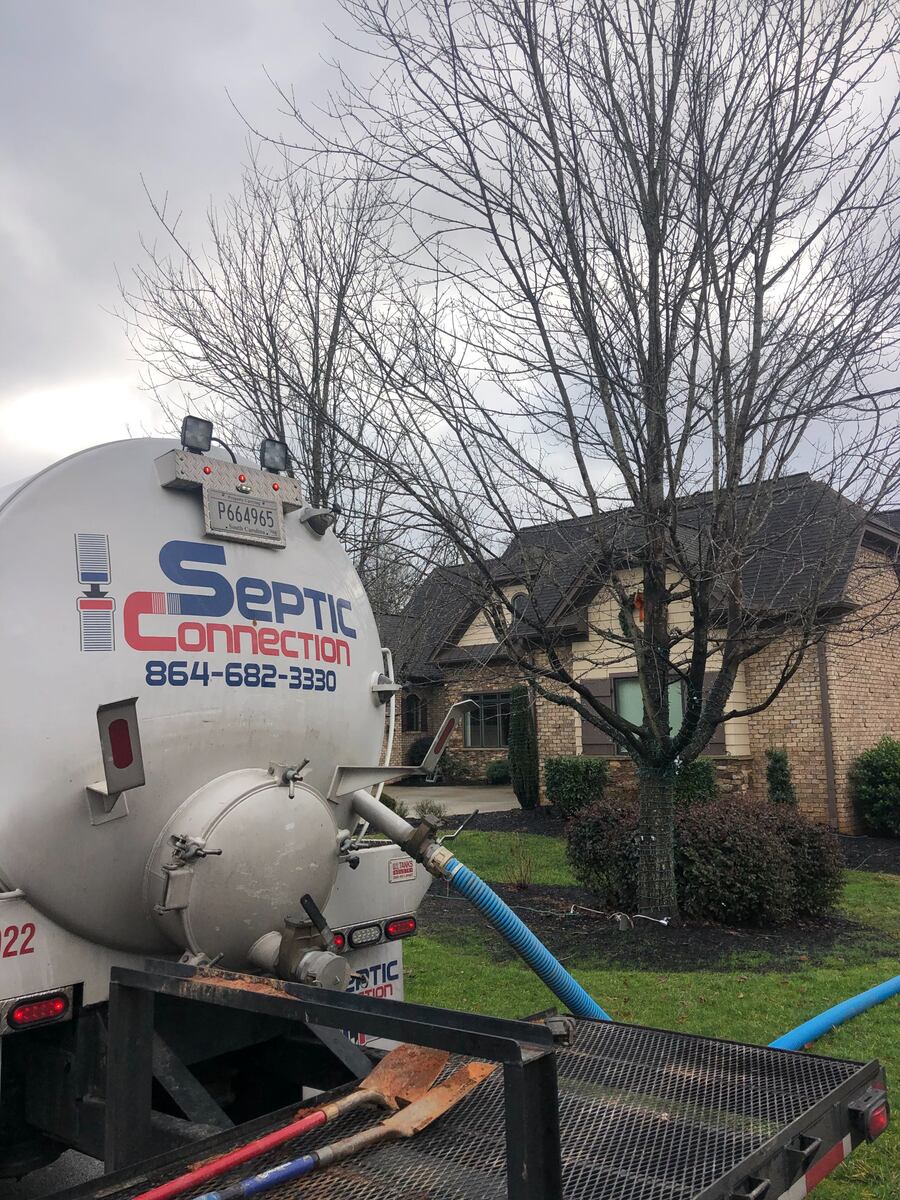Call This Saturday to Get $25 OFF
Clean Solutions, Dirty Jobs – Done Right. Reliable. Responsive. Remarkable.
Call This Saturday to Get $25 OFF
Clean Solutions, Dirty Jobs – Done Right. Reliable. Responsive. Remarkable.
Maintaining your septic system is essential for its longevity and efficient performance. After a septic tank pumping session, there are crucial steps you should follow to ensure your system remains in optimal condition. At Septic Connection, we provide comprehensive services, from inspections and cleaning to post-pumping care, ensuring everything is in tip-top condition. Here’s a detailed guide on the essential post-pumping procedures to help you take better care of your wastewater treatment system.

Once you complete septic tank pumping, thoroughly inspect the entire system. Check for signs of damage or wear, such as cracks in the tank, broken pipes, or compromised baffles. Identifying issues early can prevent costly septic tank repair or replacement emergencies. In addition, early intervention ensures your system functions efficiently throughout.
In the days following the pumping, monitoring your household’s water usage is essential. Avoid excessive water use to give your wastewater treatment system time to stabilize. You can achieve this by limiting activities like laundry, long showers, and running dishwashers so you don’t overwhelm the system while it adjusts after maintenance.
Ensure that wastewater is draining correctly from your home into the septic system. Slow drains or backups can show potential problems. If you notice any issues, it may be necessary to have a professional septic company assess your plumbing and drainage systems to prevent further complications. Delaying maintenance can lead to further deterioration and costly septic tank installation projects.
The septic system is an onsite waste treatment facility, and it is incredibly reliable. However, the system is only as effective…
Imagine flushing your toilet and then suddenly realizing that your backyard has turned into a swampy mess. This unpleasant experience is…
Soil testing is a critical step in various construction and environmental projects. It provides essential information about the ground conditions, which…
Grease traps are remarkable tools that help keep your establishment clean and free from bad odors. Septic Connection has a…
If you have just moved into a new home or property that relies on a septic system for waste and wastewater…
The drain field is a crucial component of your septic system. After septic tank cleaning or pumping, check the drain field for signs of flooding, such as standing water or overly saturated soil. Proper maintenance, including preventing heavy traffic or construction over the drainfield area, is essential to avoid compacting the soil and disrupting the system’s functionality.
Pumping removes the sludge and scum, as well as some of the beneficial bacteria that help in breaking down waste. To replenish these microorganisms, consult a septic company for treatments that contain beneficial bacteria. These treatments can help restore the biological balance in your tank, promoting efficient waste decomposition.
To maintain a healthy septic system, be mindful of what goes down your drains and toilets. Don’t flush non-biodegradable, especially wipes, paper towels, and feminine products. These materials can clog the system, causing backups and unnecessary septic tank repair projects. Even if a product is labeled “Flushable,” it doesn’t mean it is safe for your system. The last thing you want is a backup emergency that requires professional septic tank cleaning and costly repairs.
After pumping, establish a regular maintenance schedule with a professional septic company. Regular inspections and pumping every three to five years, depending on usage and tank size, are crucial for preventing issues and prolonging the life of your system. In addition, keeping a detailed record of maintenance activities can also help track the system’s condition over time.
If you encounter any concerns or uncertainties about your septic system after pumping, contact Septic Connection. We leverage extensive expertise to conduct inspections and perform necessary repairs to ensure your system remains in excellent condition. Schedule a consultation today to access quality services, from septic tank installation to pumping for a smoothly running household.
Your septic system works hard every single day, quietly managing all the wastewater from your home. Because it’s hidden underground, many homeowners forget it even exists—until something goes wrong. But…
Read moreHomeowners are always looking for ways to keep their septic systems healthy, efficient, and problem-free. With so many products on the market promising to boost bacteria, break down solids, or…
Read more